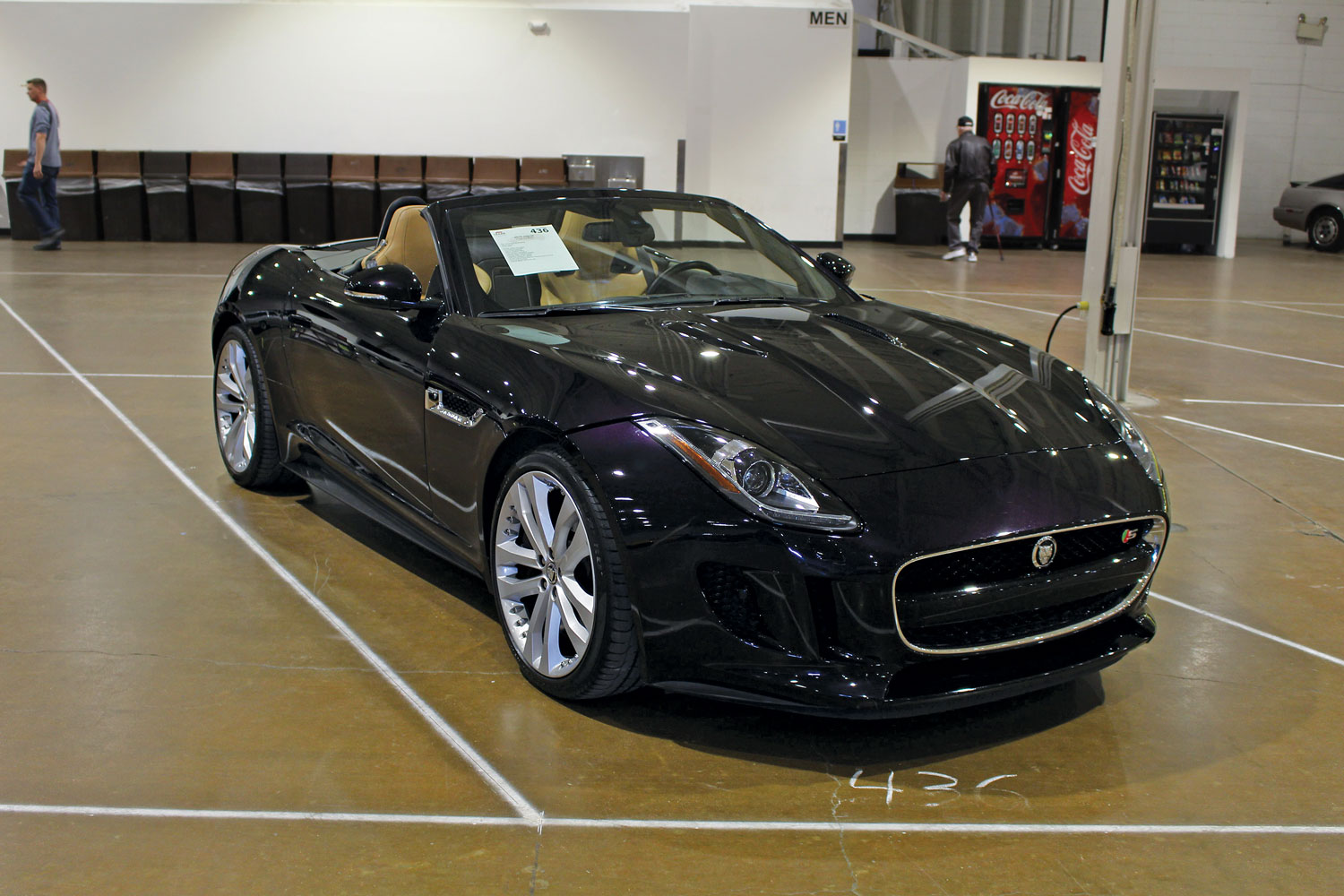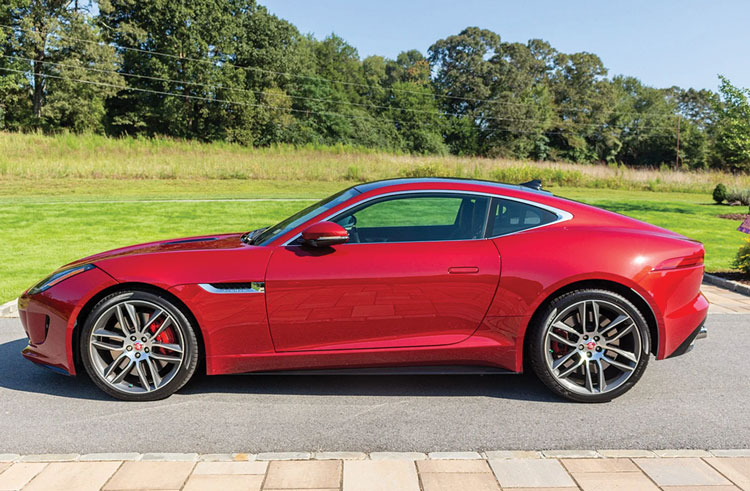
The motoring press went wild when Jaguar brought out the F-type in 2013. Normally sober critics such as Car and Driver described it as “the car you want to be seen in.” Even my own spouse went a little starry-eyed over the F-type the first time I brought one home. She compared the car to dating a movie star, saying, “You know he is out of your league, he’s way too much for you to handle, and he isn’t going to call in the morning.” But the F-type is worth all that, even if you end up ugly-crying and eating ice cream out of the carton in your pajamas.
Heir to the E-type?
From the moment you hear the F-type name, Jag’s intention is front and center. This car is the direct descendant of the exalted XKE, even if it was produced 38 years after the last Series III rolled off the line. Of course, Jaguar has always produced something that laid claim to the E-type mantle. The difference with the F-type is that, finally being free of Ford’s oppressive hand, Jaguar got serious about creating a standout car.
Here’s an example: Towards the end of the Ford-ownership era, the wiper stalk on the XKR was identical to the one in an F250 pickup truck. It’s not that it didn’t work, but it’s not what you would expect in a Jaguar halo car. Fortunately, when Ford sold Jaguar (and Land Rover) to Tata Motors in 2008, Jaguar was allowed to go and be Jaguar. The result, five years on, was a new set of engines, new designs and a renaissance of this classic British brand.
Production variants
At the beginning, Jag offered the 2013 F-type as a convertible with your choice of two identical 3.0-liter supercharged V6 engines rated at 340 and 380 horsepower, or you could buy the V8 S model with a 5.0-liter supercharged V8 good for 495 horses. All F-types featured rear-wheel drive and an 8-speed automatic transmission until 2016, when they added a 6-speed manual option to the V6 models. The manual gearbox was dropped for 2020.
The F-type coupe came along for 2014, with substantially the same engine and performance options, except that the V8 was called the F-type R and boasted 550 horsepower. The F-type V8 S departed shortly thereafter and all V8-powered F-types received the R designation and the enhanced V8. But the horsepower climb wasn’t done yet. Starting in 2016, buyers could opt for the F-type SVR with 567 horsepower and all-wheel drive. The SVR will do 0–60 in about 3.5 seconds and hit 200 mph.

Two wheels good, four wheels better
Also starting in 2016, all-wheel drive was available as an option on the F-type S (380-hp V6) models and became standard on all V8 models. What you couldn’t get was all-wheel drive and a manual transmission. The AWD F-type stayed true to its ideals: Under normal operation, the system sent 100% of the torque to the rear wheels, engaging the front wheels only when wheel slip or yaw was detected, and then offering up to a 50/50 torque split. Jaguar also tuned the system to mitigate understeer and oversteer conditions, which is smart for any car north of 500 horsepower.
Ask the man who owns one
For a real-world perspective, I reached out to fellow journalist Paul Strauss, who laid out his own coin for a brand-new F-type V8 S convertible back in 2014. “I fell in love with the styling, power, exhaust note and somewhat-bonkers oversteer,” he said. “It might not be the fastest car around a road course, but it’s one of the most fun as it power-slides through the corners.”
He’s put 56,000 miles on it in six years and doesn’t regret a thing. “The snaps, crackles and pops of the exhaust are still intoxicating, and it’s a surprisingly comfortable cabin for long road trips. I love a vehicle that creates an emotional connection, and the original F-type does this in spades. Its design is still a head-turner, but it’s the visceral sensation when I put my foot down that gives me a thrill every time,” he said.
Fears about Jaguar reliability have proven unfounded. Strauss said he has not had a single maintenance issue. His only unexpected repair was the replacement of a blind-spot sensor, which was fixed under warranty.
Buying an F-type
As with many Affordable Classics, you won’t find many F-types crossing the block at traditional auctions just yet. Bring a Trailer has more action, and you’ll find a good selection of the F-types you want to own. Prices in the past two years have ranged from $28,000 to $62,500, based mostly on mileage and on the engine under the hood. If you want a V8 with about 10,000 miles on the clock (and let’s be serious, of course you want that), expect to spend about $45,000, plus or minus a bit.
Or you can just stroll into a Jaguar dealership and buy one new, as the F-type is still in production. For the 2021 model year it received a subtle update to the front end, but the rest of the car is still the culmination of everything good about Jaguar, updated for the modern era. From Ian Callum’s sweeping design to solid underpinnings, the F-type is what Jaguars have always aspired to be. ♦